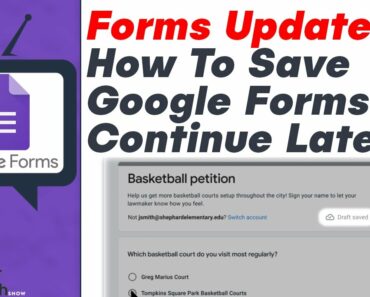A petition is a formal request to an individual, group of individuals, or institution. It’s usually written, but can also be generated online. Petitions are typically created to influence law-making or to try and convince a government authority or organization. The petitioners want their voice heard, and often seek the opinion of others on the matter presented in the petition.
In case you are wondering how to write a petition for signatures, here are some best tips for you
1) Carry out research
First of all, research on the issue, who the decision-maker is, and why it is important for him/her to be approached. Then, break down the issue into small coherent sections such as your personal experiences with the problem or your opinion on what needs to be done next. Make sure that your petition sheet has clearly defined sections and write them in a way that people can easily understand. Remember that it will be useless if it doesn’t have an end goal and a clear motivation behind it.
2) Know your audience
If you’re not clear on the person(s) you want to petition, it’s going to be difficult to convince them of your case. Be sure to research who the decision-makers are and why they might be receptive or not to your request. This way, you can decide who your audience is and what kind of angle or process will be most effective in convincing them.
3) How broad or narrow should you go?
The best way to approach a petition is by breaking it down into sections and points. Each of these points should have a clear and concise argument. If your points are too broad, you won’t be able to make a convincing argument. If they’re too specific, however, it may come off as insincere or self-serving.
4) Keep it simple and clear
Writing an effective petition is like having a conversation with someone you want to convince of something (or several someone). Keep it short and to the point. As simple as possible, and never use jargon or legal type-terms in your petition. If you do, then you run the risk of leaving out key information that is likely to sway readers and convince them to support or oppose your cause or idea.
5) Make a lot of copies
Whether you’re using a web form or a paper form, it’s important to be able to make multiple copies of your petition. This way, you can potentially get more people interested in your cause and spread the word. In the paper form of a petition, this means photocopying your petition and passing it around to everyone you know. Once you have multiple signatures on your petition, consider going back to your list of names and sending out another email or letter with a copy of your petition as an attachment, with updates on how many more signatures you’ve acquired.
6) Get off your butt and make a difference
The best way to get signatures is not by getting someone to agree with you, but by getting them to take action. Making the effort to do something and making people aware of your cause or idea, often persuades them to look into it themselves and can end up with them signing the petition. Even if you only have one person willing to send you their support, that’s more than enough.
7) Make a follow-up!
Once you have a petition, make a follow-up email or letter to get their promised support by either sending them an email with the link to your petition or a letter explaining the new situation and asking for their help. Sometimes, people don’t realize that once they get your letter, they’ve signed over their rights and privacy. Don’t take this for granted: Be sure they remember signing it!
The best way to get signatures is to create a petition that sparks interest and gets people talking. It can be as simple as writing an email to everyone in your address book or gathering a group of friends and asking them to sign. With the right method, you can easily get hundreds of signatures on your cause in a short amount of time. It may be hard to get support at first, but with practice and persistence, you’ll gain the skills that will help make you effective at getting what you want.





